A Thorough Explanation of the History of Sushi: From Narezushi to Revolving Sushi, and Then to the World
Sushi, now a global culinary sensation enjoyed in restaurants worldwide, has a rich and fascinating history spanning over 2,000 years. From its humble beginnings as fermented narezushi in Southeast Asia to the sophisticated nigiri of Japan and creative fusion rolls enjoyed across America and Europe today, the evolution of sushi represents one of the most remarkable journeys in culinary history.
The Complete Evolution of Sushi: 2,000 Years of Culinary History
The Ancient Southeast Asian Origins of Sushi (500 BC-700 AD)
Tracing back the origins of sushi, it is thought to have originated in BC times.
“Narezushi,” which was born in Southeast Asia, was a fermented food that came from the wisdom of the people in that region as a way to preserve fish for a long time.
In those days, without refrigeration technology, preserving fish, a valuable source of protein, was a very important issue in people’s lives.
Therefore, the beginning of “narezushi” was to enable long-term preservation by fermenting fish using salt and rice.
This “narezushi” is said to have been transmitted to China and then to Japan in the Yayoi period.
In Japan at that time, rice cultivation had just been introduced, and rice was a very precious food. For people, rice was not only a staple food but also something sacred.
It is thought that “narezushi” was useful in people’s lives not only as a means of preserving fish but also as a way to effectively utilize precious rice.
It was integrated with Japan’s climate and food culture, and underwent a unique evolution. There are records that “narezushi” was already being eaten among the nobility in the Nara period.
Narezushi: The Original Form of Sushi and How It Was Made
The first type of sushi is considered to be “narezushi”. Narezushi is a type of preserved food made by soaking fish in salt and rice and fermenting it over a long period, using lactic acid bacteria for preservation.
During the fermentation process, the fish develops a sour flavor, which increases its shelf life.
The technique of making narezushi was passed down in Japan from ancient times, with records of it appearing in the Yoro Code and the Engishiki from the 8th century, confirming that narezushi already existed by the Nara period.
Narezushi differs from today’s nigiri sushi or maki sushi in that it was primarily created for preserving fish.
The rice was used to aid in fermentation and was usually discarded, with only the fish being consumed.
A representative example of narezushi is “funazushi” from Shiga Prefecture, which is a rare example that has preserved the original narezushi preparation method to this day.
Funazushi is made by fermenting fish called funa (crucian carp) caught in Lake Biwa, soaked in salt and rice, and aged over a long period. It is still enjoyed today as a traditional Japanese food.
In the Edo period, a new method called hayazushi developed, using vinegar instead of fermentation, which led to the invention of nigiri sushi, the modern sushi style we recognize today.
Narezushi, however, represents the original concept of sushi in Japanese food culture.
Thus, narezushi emerged as an inventive preservation method and evolved gradually over time to meet the changing needs of society.
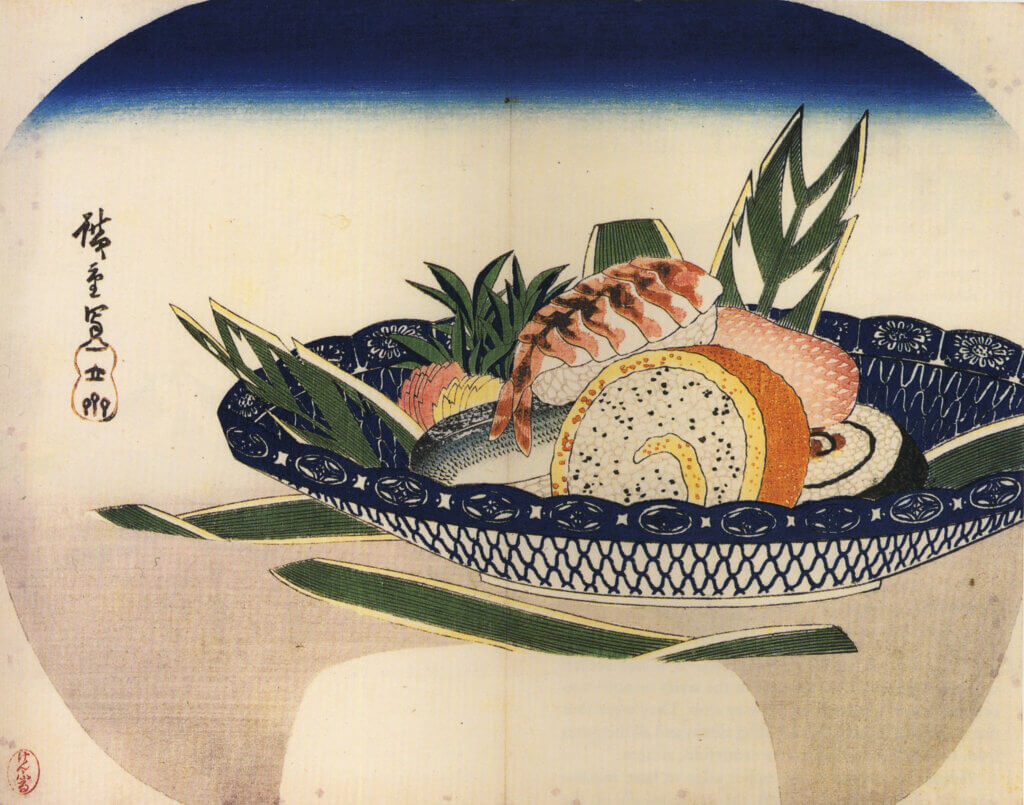
Who Invented Sushi? Tracing the Birth of Nigiri and Narezushi
The specific individual who created the very first sushi is, unfortunately, unknown.
However, the invention of “nigiri sushi,” the style of sushi we commonly see today, is attributed to Hanaya Yohei, the owner of Yohei Sushi, in the late Edo period.
By the mid-Edo period, a method called hayazushi, which added sourness with vinegar rather than waiting for fermentation, had become popular, allowing various types of sushi to emerge.
During this time, Hanaya Yohei invented hand-pressed nigiri sushi in Edo (modern-day Tokyo) in the late 1820s. Edo was one of the largest cities globally, with over a million residents and a booming economy.
People were constantly busy, and the demand for quick, convenient food was high.
Nigiri sushi, served from street stalls and quickly prepared, perfectly matched the needs of the era.
Yohei’s nigiri sushi broke from the traditional concept of sushi as a preserved food and instead offered sushi as an instantly enjoyable dish.
Fresh fish from Edo Bay, seasoned with soy sauce and wasabi to suit local tastes, was used as toppings, adding to the appeal for the Edo locals.
Nigiri sushi quickly gained popularity in Edo, sparking the development of sushi culture.
The creation of nigiri sushi was a pivotal moment in sushi’s evolution, marking the start of a new era for this dish.
This innovative style of sushi, widely enjoyed by the public, became a foundational element of modern sushi culture.
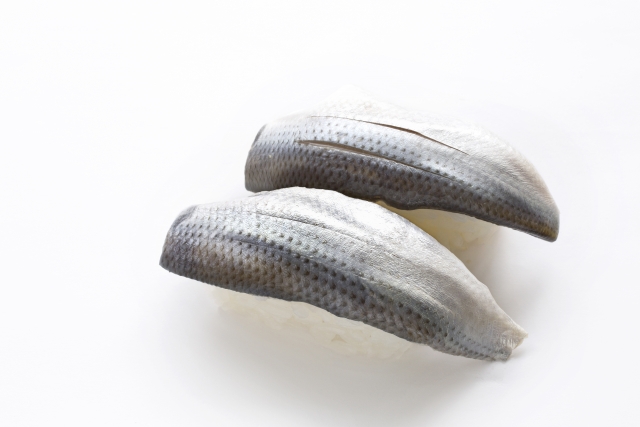
The History of Sushi: Development of Sushi in Japan
History of Sushi: From the Nara Period to the Edo Period
The history of sushi in Japan dates back to ancient times, with references in Japanese literature appearing as early as the Nara period (710-794 AD). In 718, the Yoro Code mentions “zakozushi” (雑魚鮨), which marks the first recorded mention of sushi in Japan.
During the Nara period, sushi was known as “narezushi,” a fermented food preserved by layering fish with salt and rice to initiate lactic acid fermentation, allowing for long-term preservation.
Similar to modern-day funazushi, narezushi had a distinctive sour taste due to fermentation, making it ideal for preserving fish in Japan’s humid climate.
At that time, sushi was primarily enjoyed by the nobility and in select regions.
Rice, a precious commodity, was used mainly to ferment and preserve fish rather than to be eaten, which added to narezushi’s value as a food source.
In the Muromachi period (1336-1573), a new version called “namare” emerged, offering a shorter fermentation time.
This variant allowed both the fish and rice to be eaten together, as the lighter fermentation preserved the fish’s flavor while making the rice palatable as well.
By the Edo period (1603-1868), sushi underwent a significant transformation.
Improved vinegar production made it accessible to the general public, leading to the creation of “hayazushi,” a type of sushi that used vinegar instead of fermentation for sourness.
This development shifted sushi from a preserved food to an immediate meal. Styles like nigiri sushi, oshizushi (pressed sushi), and inari sushi—the foundations of modern sushi—were born in this period.
Nigiri sushi, in particular, became extremely popular among the residents of Edo (modern-day Tokyo) and was often sold at food stalls, establishing it as a convenient fast food for the common people.
This transition from a preserved delicacy to a quick and accessible meal reflected the evolving food culture in Japan, as sushi adapted to meet the changing needs and lifestyles of the people.
Through the Nara to Edo periods, sushi transformed significantly, embedding itself deeply in Japanese food culture and laying the groundwork for the beloved culinary tradition we know today.
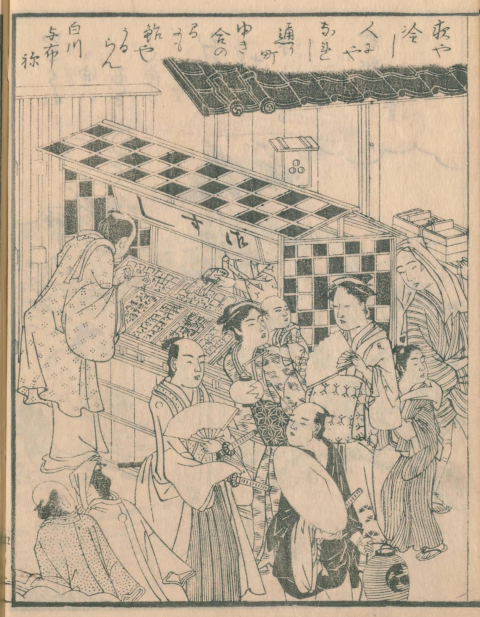
History of Sushi: Timeline and Key Events
| Era/Period | Main Events |
|---|---|
| B.C. | The prototype of sushi, “narezushi,” originated in Southeast Asia, where it was used as a preservation method by fermenting fish with salt and rice |
| Nara Period (710-794 AD) | Narezushi was introduced to Japan, with references appearing in literature from the Nara period |
| Muromachi Period (1336-1573 AD) | A variant called “namare,” with a shorter fermentation period, appeared, allowing rice to be eaten with the fish |
| Edo Period (1603-1868 AD) | The development of “hayazushi” using rice vinegar instead of fermentation spread, and “nigiri sushi” served at stalls was invented. Sushi became popular among the common people, with Hanaya Yohei pioneering the Edo-style nigiri sushi |
| Meiji Period (1868-1912 AD) | Advancements in refrigeration technology allowed for the use of fresh fish, diversifying sushi options |
| Post-War Economic Boom (1950s-) | Sushi spread to America and other countries, with the invention of the “California Roll” in the 1960s boosting sushi’s global recognition |
| After the 1970s | Sushi became trendy in the West, and in Japan, conveyor belt sushi (kaiten sushi) became popular, making sushi more accessible |
| 2000s – Present | The movement toward sustainable sushi began, along with new varieties like fusion sushi and meat sushi |
History of Sushi in the World
When Did Sushi Begin to Expand Overseas?
Sushi’s overseas expansion truly began in the 1960s. As Japan experienced significant economic growth, its cultural influence abroad also increased, leading to the opening of Japanese restaurants across America and Europe.
The 1964 Tokyo Olympics played a pivotal role in this growth by sparking global interest in Japanese culture and cuisine, with sushi becoming one of the focal points.
During the 1960s, sushi bars gained popularity, particularly in the United States.
By the 1970s, establishments such as Kawafuku and Eikyu in Los Angeles introduced menus tailored to Western palates, helping to further popularize sushi among non-Japanese customers.
During this period, glass display cases were also introduced, allowing sushi chefs to showcase fresh fish while preparing sushi behind the counter.
This setup not only presented sushi as a dish but also as an interactive culinary experience, blending entertainment with cuisine.
The global popularity of sushi was also fueled by the introduction of “inside-out” rolls and creative variations that appealed to local tastes outside Japan.
This adaptability allowed sushi to flourish as Japanese restaurants began to open rapidly across the U.S., Europe, and various regions in Asia, establishing sushi as an internationally beloved dish that could integrate into diverse food cultures.
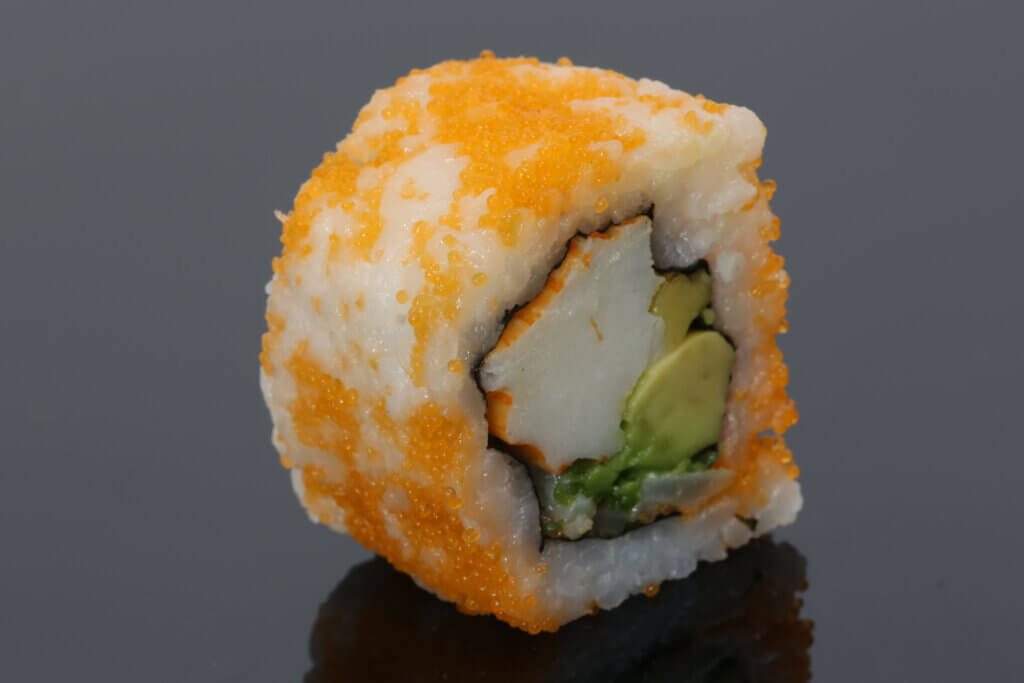
When Did Sushi Begin to Spread Worldwide?
Sushi began its widespread international expansion in the latter half of the 20th century, especially from the late 1960s onward.
During Japan’s post-war economic boom, the country saw substantial economic growth and increased interactions with other nations.
This period also saw Japanese restaurants opening abroad, introducing sushi to an international audience.
A major turning point for sushi’s popularity occurred on the West Coast of the United States, where a sushi boom began, leading to sushi’s gradual acceptance in Western society.
One of the catalysts for this boom was the creation of the California Roll in Los Angeles. In the late 1960s, a sushi chef named Ichiro Mashita (often credited with inspiring the roll) experimented with ingredients like crab sticks and avocado and innovatively wrapped the seaweed inside the roll to appeal to Americans, who were not accustomed to eating raw fish or seeing the seaweed on the outside.
By hiding the seaweed and incorporating ingredients like avocado and crab, the California Roll became an instant hit in the United States.
Its success significantly lowered the psychological barrier for Americans to try sushi, making the cuisine more approachable and desirable.
In the 1970s, Japanese restaurants began to open across the United States and other countries, and sushi’s recognition continued to grow.
Over time, sushi evolved into a high-end culinary choice, particularly in metropolitan areas, and gained popularity among the urban elite.
In 1966, the establishment of Kawafuku, an authentic sushi bar in Little Tokyo, Los Angeles, introduced the now-classic style of sushi served at a counter, which quickly became popular.
This laid the groundwork for sushi’s unique evolution in America, leading it to be embraced globally as “Sushi.” Today, sushi is a beloved dish worldwide, with each country incorporating its own regional twist.
The journey of sushi from Japan to international dining tables, bringing smiles and delight, is indeed a source of pride for Japanese people.
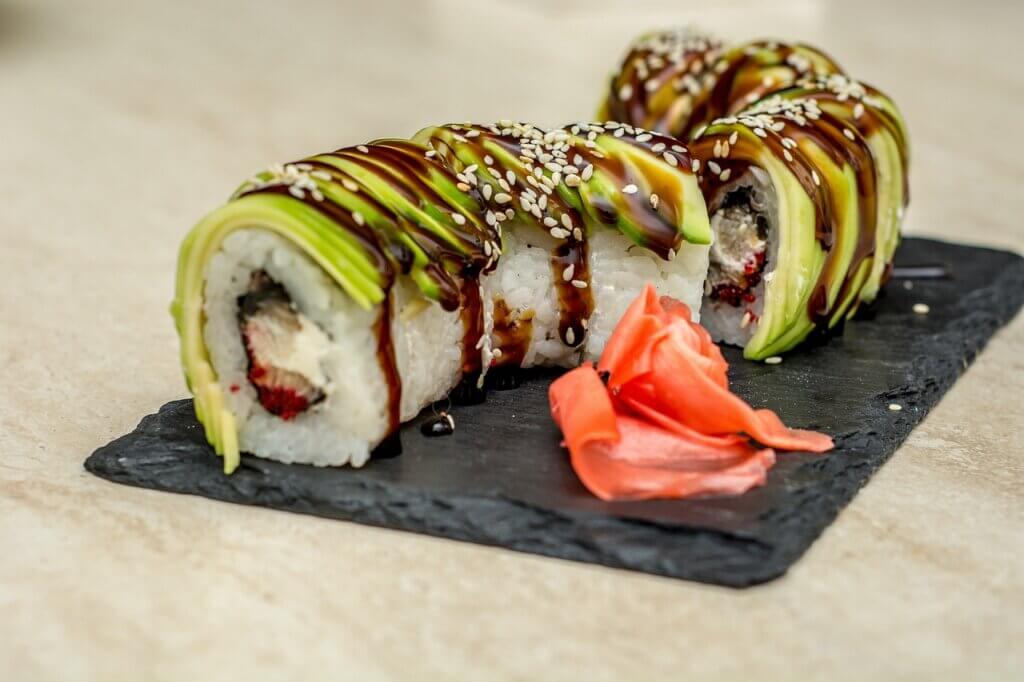
The Global Influence of Sushi on Modern Cuisine
As sushi spread around the world, it began to merge with local food cultures, resulting in unique, localized variations. In the United States, creative sushi styles such as the California Roll and Dragon Roll with eel and avocado were born.
In Hawaii, the Poke Sushi Bowl emerged, reflecting local tastes. These adaptations differ from Japan’s traditional nigiri sushi but have been instrumental in making sushi even more popular worldwide.
With sushi’s global popularity came a demand for sustainability, leading to the concept of sustainable sushi.
In regions like the United States and Europe, concerns over overfishing and environmental impact have led many sushi restaurants to avoid endangered fish species, instead using farm-raised or certified ingredients to support sustainable practices.
Sushi’s global influence extends beyond just the spread of Japanese cuisine; it has driven cultural exchanges that emphasize health consciousness and sustainability.
Today, the word “SUSHI” is universally recognized, and it has become an accessible, popular cuisine across the globe. Its influence is expected to grow further, continuing to shape global food culture and awareness around environmental impact.
Summary: The History of Sushi
- The origin of sushi traces back to preserved foods in Southeast Asia
- Sushi was introduced to Japan as narezushi in ancient times and evolved as a preservation method
- Narezushi appears in historical records from the Nara period
- In the Muromachi period, namare, a shorter fermentation version, emerged
- In the Edo period, hayazushi, which used vinegar instead of fermentation, became popular
- Hanaya Yohei invented nigiri sushi in Edo (modern-day Tokyo), which quickly spread
- In the Meiji period, advances in refrigeration led to increased use of fresh fish
- After WWII, sushi expanded internationally as part of Japanese cuisine
- In the 1960s, the California Roll was created in the United States
- A sushi boom occurred in the West in the 1970s
- Conveyor belt sushi made sushi an accessible, everyday food
- Creative and localized sushi variations appeared worldwide
- Plant-based sushi using alternative ingredients also gained popularity
- Sushi is now offered in diverse styles around the world
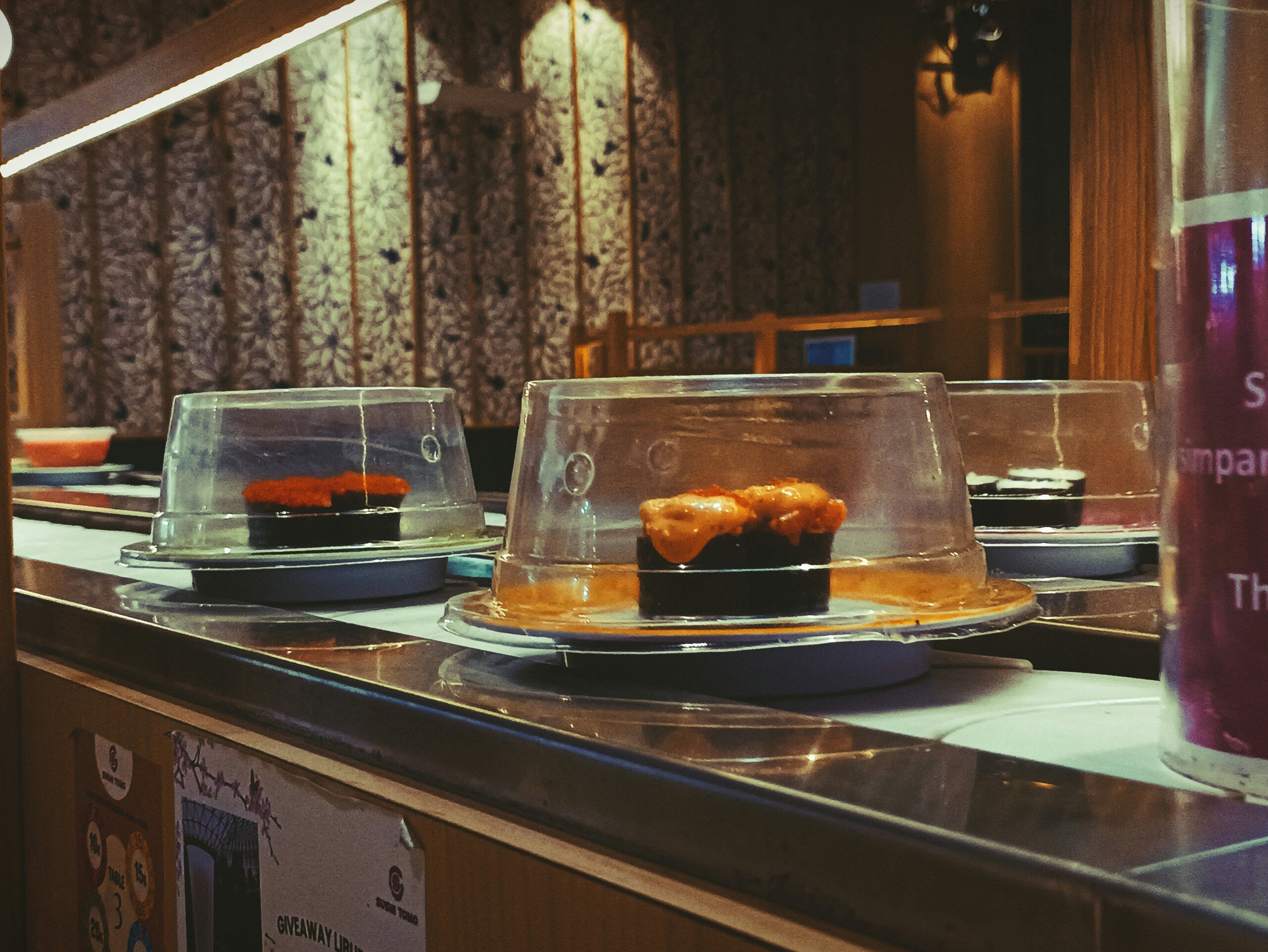
Comments